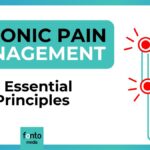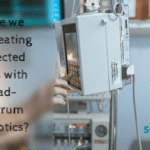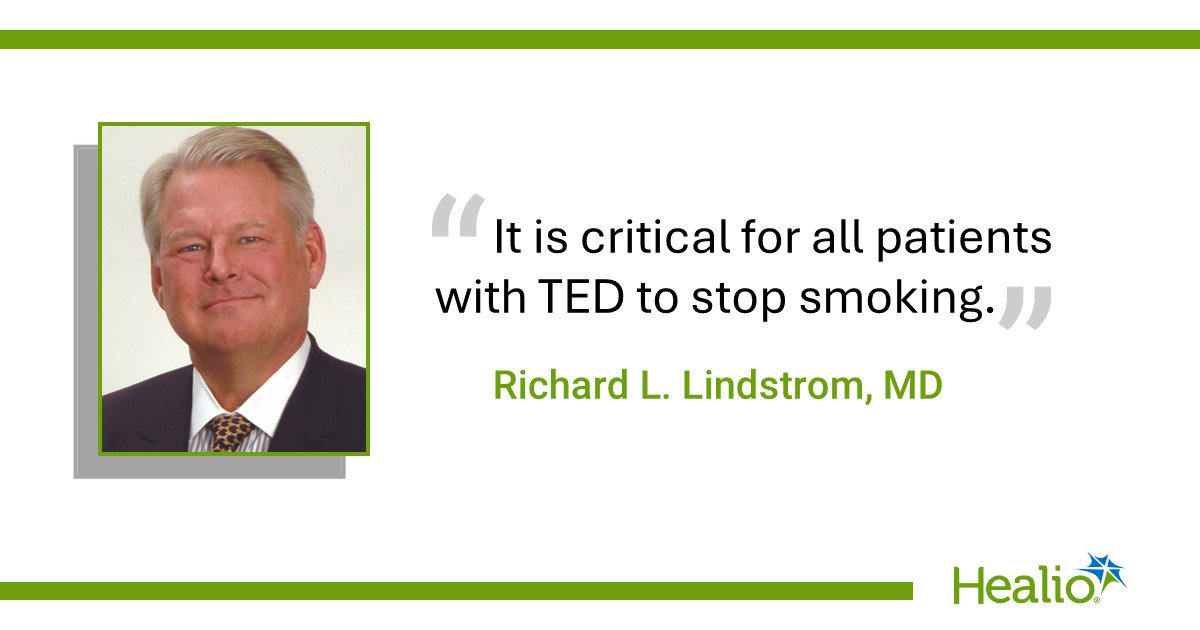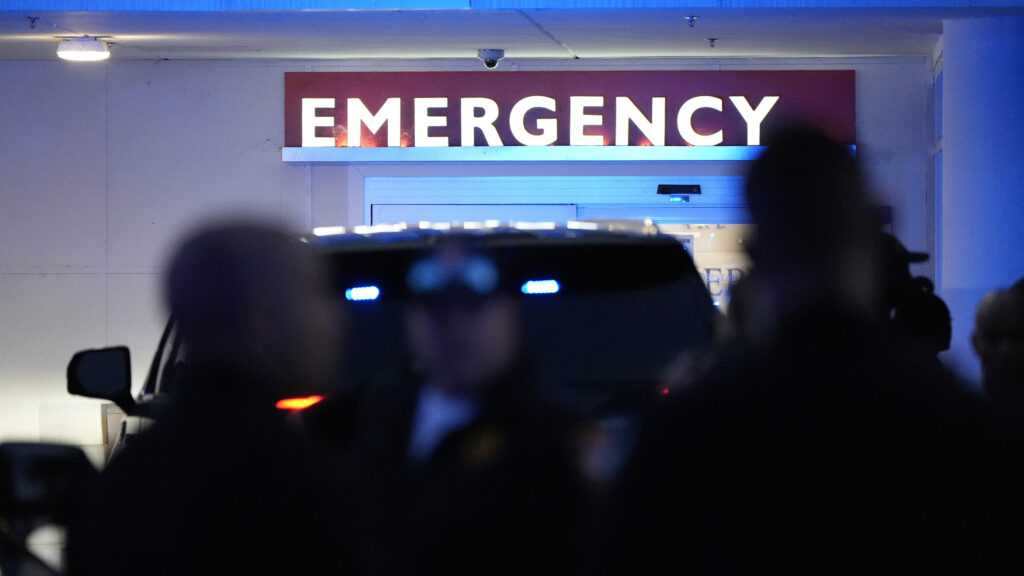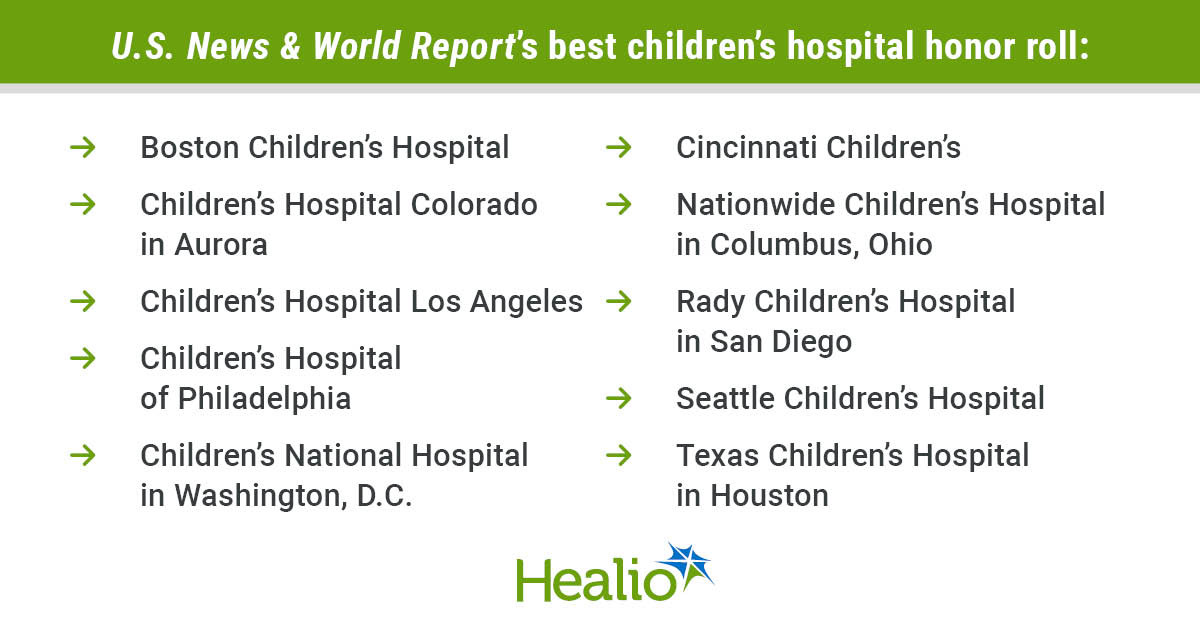August 04, 2025
2 min read
Ophthalmologists are a critical part of the medical team needed to treat thyroid eye disease.
An endocrinologist is usually the team leader, but ophthalmologists, diagnostic and therapeutic radiologists, along with an otolaryngologist/audiologist are other important team members.

In most cases, the systemic symptoms of hyperthyroidism precede the ocular findings, and the diagnosis of thyroid eye disease (TED) has been made and treatment initiated before an ophthalmologist is consulted. However, we ophthalmologists make the primary diagnosis in some patients. Critical findings include diplopia and ocular motility reduction, especially in upgaze, eyelid retraction, exposure with ocular surface disease, elevated IOP and, of course, proptosis. When an ophthalmologist suspects the diagnosis, we contact the patient’s primary care physician, and ideally the patient is referred to an endocrinologist at a tertiary center with an established TED management and treatment team.
Some eye diseases, such as glaucoma, are seeing a transition from medical treatment to interventional therapy with earlier laser and surgical procedures. TED is the opposite. Since the approval of Tepezza (teprotumumab-trbw, Amgen) in 2020, the first-line therapy for TED with significant ocular signs and symptoms is medical therapy. The vision signs and symptoms in TED are caused by the infiltration of cells with secondary edema, along with venous and lymphatic stasis, in the periorbital fat and ocular muscles, causing swelling and expansion of these tissues. Tepezza, an insulin-like growth factor-1 receptor inhibitor, reverses the cellular infiltration and periocular tissue swelling. Tepezza therapy for TED is to me similar to anti-VEGF therapy for wet age-related macular degeneration. However, rather than multiple intravitreal injections of an anti-VEGF as employed in wet AMD, TED therapy requires multiple intravenous infusions of a biologic. The first course of therapy involves eight 60- to 90-minute intravenous infusions, one every 3 weeks. It is expensive, usually requires insurance preauthorization, and is usually delivered at an infusion center, commonly affiliated with an endocrinologist at a tertiary TED treatment center. Each of us needs one or two preferred centers to recommend to our patients with TED.
The treatment success rate with Tepezza is high, with 71% to 83% of patients in studies responding to a single course of therapy. Some patients require a second or even third course of therapy with Tepezza, and some do not respond. In those cases, other medical therapy, radiologic treatment or surgical decompression may be required.
With 5 years of treatment experience using Tepezza, we now have greater insight into potential complications and side effects. A critical one is hearing impairment. An audiologist associated with an otolaryngologist can follow patients for this complication and detect it early. In the clinical trials, other adverse reactions that occurred in 5% or more of treated patients were muscle spasms, nausea, alopecia, diarrhea, fatigue, hyperglycemia, dysgeusia, headache, dry skin, weight loss and nail disorders. All these systemic side effects are managed by others. Ocular findings are usually improved, but some patients do not respond. During and after therapy, an ophthalmologist must manage the exposure with ocular surface disease, refractive needs, diplopia and possibly elevated IOP and monitor for the dreaded optic nerve compression with fundus examination, color vision and visual fields.
It is critical for all patients with TED to stop smoking. Senior patients can be treated with Tepezza, but treatment during pregnancy may cause fetal harm, and the safety and effectiveness of Tepezza has not been established for pediatric use.
We have previously covered the management and treatment of TED in Healio | OSN cover stories with my accompanying perspective in the June 10, 2021, and Dec. 10, 2023, issues. These are available to the interested reader and provide a good update along with the cover story in this issue.
References:
For more information:
Richard L. Lindstrom, MD, can be reached at rllindstrom@mneye.com.
